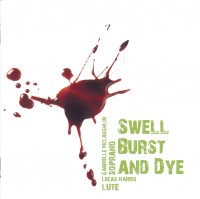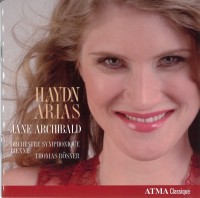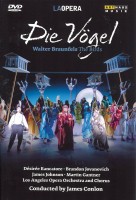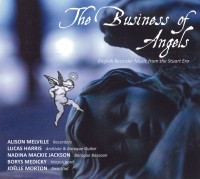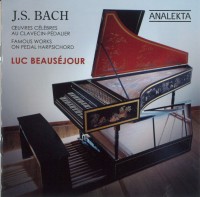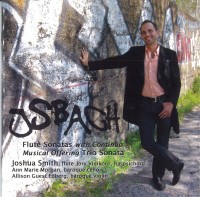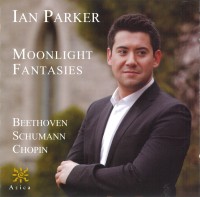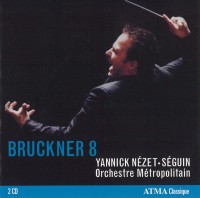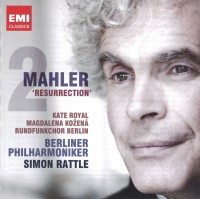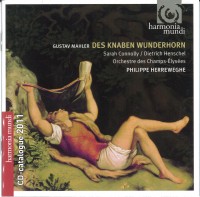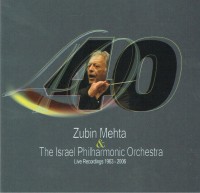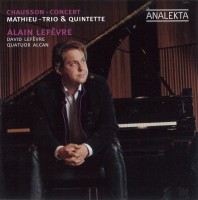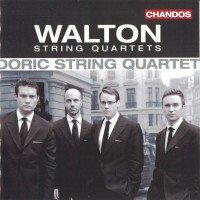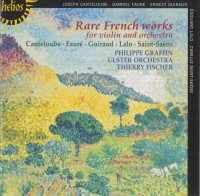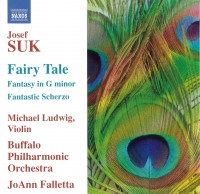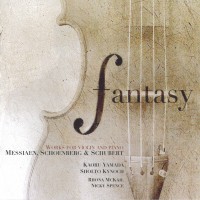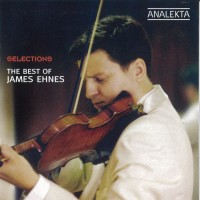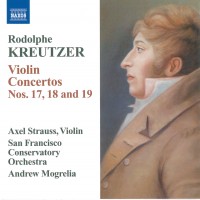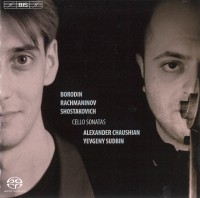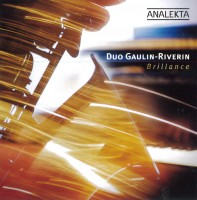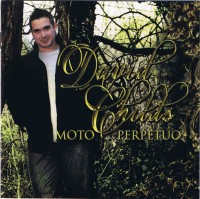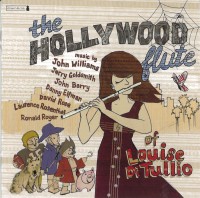OLD WINE IN NEW BOTTLES – Fine Old Recordings Re-released - June 2011
The Metropolitan Opera has instituted a program to issue classic Saturday afternoon performances from the past preserved on their own archive tapes, entrusting them to Sony Classical which is issuing them at re-issue prices. The first batch includes Tosca, Die Walküre, Die Meistersinger von Nürnberg, Le Nozze di Figaro, Romeo et Juliette (Gounod), La Bohème, and Il Barbieri di Seviglia.
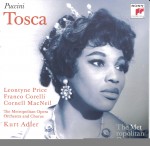 The first two to come my way are Tosca and Die Walküre. The Tosca, dating from April 7, 1962, finds Leontyne Price in the title role with Franco Corelli as Cavaradossi and Cornell MacNeil as Scarpia. The conductor is Kurt Adler (804682, 2 CDs, mono). My intention was to first dip in at significant points but I was immediately engaged from the opening bars, listening through to the finale of the Third Act. A little history... on a Sunday afternoon in January 1955 a younger Leontyne Price’s Tosca was heard and seen across the continent in the NBC Television Opera Theatre with David Poleri as Cavaradossi. She was back in The Magic Flute as Pamina in 1956 and finally in 1960 she was Donna Anna in Don Giovanni with Judith Raskin and Cesare Siepi. Hence, she was no stranger to the MET audience who accorded her an enthusiastic ovation as she arrived on the stage in Act One, even before she had sung one note. Her Tosca heard on these CDs is inspired and beautifully characterized opposite Corelli whose voice was quite incomparable for its beauty and ease of delivery, making this an important document. The sound is clean and clear throughout. The booklet includes a complete synopsis of the events on stage and all the cues (30) are given but no libretto. Let’s hope that future releases will include the legendary 1961 Turandot with Corelli and Nilsson conducted by Leopold Stokowski.
The first two to come my way are Tosca and Die Walküre. The Tosca, dating from April 7, 1962, finds Leontyne Price in the title role with Franco Corelli as Cavaradossi and Cornell MacNeil as Scarpia. The conductor is Kurt Adler (804682, 2 CDs, mono). My intention was to first dip in at significant points but I was immediately engaged from the opening bars, listening through to the finale of the Third Act. A little history... on a Sunday afternoon in January 1955 a younger Leontyne Price’s Tosca was heard and seen across the continent in the NBC Television Opera Theatre with David Poleri as Cavaradossi. She was back in The Magic Flute as Pamina in 1956 and finally in 1960 she was Donna Anna in Don Giovanni with Judith Raskin and Cesare Siepi. Hence, she was no stranger to the MET audience who accorded her an enthusiastic ovation as she arrived on the stage in Act One, even before she had sung one note. Her Tosca heard on these CDs is inspired and beautifully characterized opposite Corelli whose voice was quite incomparable for its beauty and ease of delivery, making this an important document. The sound is clean and clear throughout. The booklet includes a complete synopsis of the events on stage and all the cues (30) are given but no libretto. Let’s hope that future releases will include the legendary 1961 Turandot with Corelli and Nilsson conducted by Leopold Stokowski.
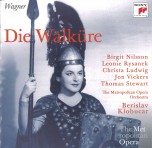 The Die Walküre is from February 24, 1968 with Jon Vickers, Leonie Rysanek (Siegmund and Sieglinde); Karl Ridderbusch (Hunding); Thomas Stewart is Wotan, Birgit Nilsson is Brunnhilde and Christa Ludwig is Fricka. The conductor is Berislav Klobucar (85308, 3 CDs, mono). This was part of the Ring Cycle brought to the Met by von Karajan who was to be in charge of every aspect of the productions from casting to sets and stage lighting. It didn’t turn out too well, beginning with an inevitable clash of personalities between MET general manager Rudolph Bing and Karajan. In total, Karajan conducted only the premier performances of this production on November 21, 24, 27 and December 2 and 5, 1967 to the critical acclaim of both audience and press, with Gundula Janowitz as the first Sieglinde. For this February performance the conductor was the Croatian Klobucar and Rysanek replaced Janowitz. To hear this ensemble of singers performing live in faultless sound will be reason enough to acquire the discs.
The Die Walküre is from February 24, 1968 with Jon Vickers, Leonie Rysanek (Siegmund and Sieglinde); Karl Ridderbusch (Hunding); Thomas Stewart is Wotan, Birgit Nilsson is Brunnhilde and Christa Ludwig is Fricka. The conductor is Berislav Klobucar (85308, 3 CDs, mono). This was part of the Ring Cycle brought to the Met by von Karajan who was to be in charge of every aspect of the productions from casting to sets and stage lighting. It didn’t turn out too well, beginning with an inevitable clash of personalities between MET general manager Rudolph Bing and Karajan. In total, Karajan conducted only the premier performances of this production on November 21, 24, 27 and December 2 and 5, 1967 to the critical acclaim of both audience and press, with Gundula Janowitz as the first Sieglinde. For this February performance the conductor was the Croatian Klobucar and Rysanek replaced Janowitz. To hear this ensemble of singers performing live in faultless sound will be reason enough to acquire the discs.
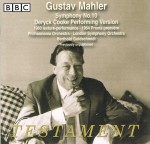 Music lovers with an enquiring mind, who also have some interest in Mahler, particularly the unfinished Symphony No.10 and how it found its way, more or less (actually more) to the concert stage will applaud a new release from Testament (SBT3-1457, 3CDs at a reduced price). Deryck Cooke, critic, musicologist, pianist, author, etc. aroused the music world’s attention when he announced that he had prepared a performing version of Mahler’s unfinished symphony. On December 19, 1960 listeners to the BBC Third Programme heard Deryck Cooke introduce and explain the journey to Mahler’s Tenth, followed by the performance by Berthold Goldschmidt and the Philharmonia Orchestra, annotated by Cooke. The third CD in this set contains the recording of the first ever performance played by The London Symphony Orchestra conducted by Goldschmidt. The complete performance dates from August 1964 predating Ormandy’s “first recording” by over a year. Certainly a unique and fascinating release.
Music lovers with an enquiring mind, who also have some interest in Mahler, particularly the unfinished Symphony No.10 and how it found its way, more or less (actually more) to the concert stage will applaud a new release from Testament (SBT3-1457, 3CDs at a reduced price). Deryck Cooke, critic, musicologist, pianist, author, etc. aroused the music world’s attention when he announced that he had prepared a performing version of Mahler’s unfinished symphony. On December 19, 1960 listeners to the BBC Third Programme heard Deryck Cooke introduce and explain the journey to Mahler’s Tenth, followed by the performance by Berthold Goldschmidt and the Philharmonia Orchestra, annotated by Cooke. The third CD in this set contains the recording of the first ever performance played by The London Symphony Orchestra conducted by Goldschmidt. The complete performance dates from August 1964 predating Ormandy’s “first recording” by over a year. Certainly a unique and fascinating release.
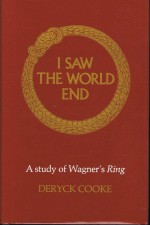 Deryck Cooke also authored a fascinating study of Wagner’s Ring, I Saw the World End (Oxford University Press, ISBN 9780193153189, paperback). Intended to be a multi volume study, the author died before he finished but what there is here is a scholarly yet unpretentious and thought provoking revelation and a definitive statement on aspects and illusions in the monumental opus. A must read for some. Cooke also devised and narrated a unique exposition on The Ring in a two CD set, An Introduction to Der Ring des Nibelungen (Decca 443 5812). Cooke identifies the various leitmotivs and follows their permutations and combinations as they appear and re-appear, which can be a revelation and illumination to even those who know it all. Quite important to the narrative are the passages where the character is saying one thing but the music beneath discloses that what he or she really means or intends is something quite different. The illustrations are from Decca’s Solti cycle with The Vienna Philharmonic. The discs can be heard and re-heard without any sense of ennui.
Deryck Cooke also authored a fascinating study of Wagner’s Ring, I Saw the World End (Oxford University Press, ISBN 9780193153189, paperback). Intended to be a multi volume study, the author died before he finished but what there is here is a scholarly yet unpretentious and thought provoking revelation and a definitive statement on aspects and illusions in the monumental opus. A must read for some. Cooke also devised and narrated a unique exposition on The Ring in a two CD set, An Introduction to Der Ring des Nibelungen (Decca 443 5812). Cooke identifies the various leitmotivs and follows their permutations and combinations as they appear and re-appear, which can be a revelation and illumination to even those who know it all. Quite important to the narrative are the passages where the character is saying one thing but the music beneath discloses that what he or she really means or intends is something quite different. The illustrations are from Decca’s Solti cycle with The Vienna Philharmonic. The discs can be heard and re-heard without any sense of ennui.
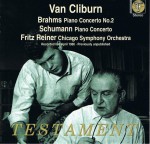 Following his big win in Moscow’s Tchaikovsky International Piano Competition in 1958, Van Cliburn was a hot ticket, playing to sold out houses wherever he appeared. He played with the Chicago Symphony Orchestra under Fritz Reiner during April 1960 and RCA was there to document the performances. They taped the Brahms Second Concerto on the 8th and the Schumann A minor on the 12th. Unreleased until now, these RCA recordings have finally been issued (Testament SBT2-1460, 2CDs at a reduced price). The performances are sunny and uncomplicated with all concerned in top form. The Schumann enjoys a beautiful presentation, sensible phrasing and a distinctive conversational collaboration. The Brahms is just a wee bit lower on the adrenalin scale. In excellent stereo sound, one wonders why we had to wait so long.
Following his big win in Moscow’s Tchaikovsky International Piano Competition in 1958, Van Cliburn was a hot ticket, playing to sold out houses wherever he appeared. He played with the Chicago Symphony Orchestra under Fritz Reiner during April 1960 and RCA was there to document the performances. They taped the Brahms Second Concerto on the 8th and the Schumann A minor on the 12th. Unreleased until now, these RCA recordings have finally been issued (Testament SBT2-1460, 2CDs at a reduced price). The performances are sunny and uncomplicated with all concerned in top form. The Schumann enjoys a beautiful presentation, sensible phrasing and a distinctive conversational collaboration. The Brahms is just a wee bit lower on the adrenalin scale. In excellent stereo sound, one wonders why we had to wait so long.


